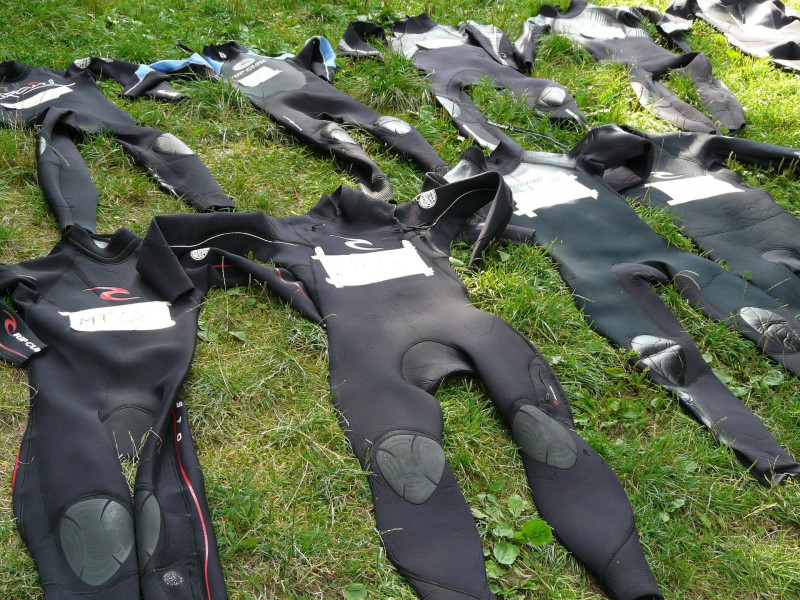
Waterproof or Waterresistant Powersport Marine Powersport Marine
Written by Scuba.com | Updated on June 8, 2023 Exposure suits allow your body to maintain some warmth underwater by slowing down heat loss. Body temperature decreases quickly when submerged in water, and we place ourselves at the risk of losing too much body heat when we dive without the right gear.
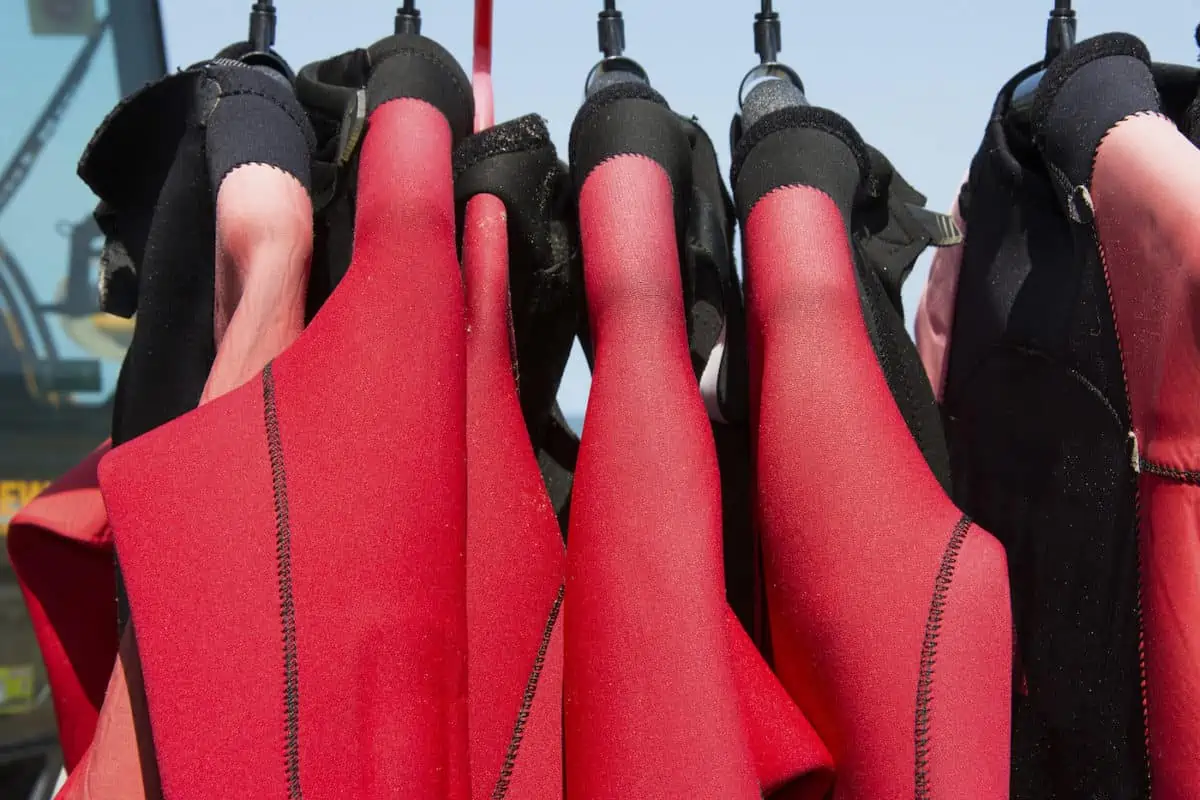
The Differences Between a Wetsuit and a Drysuit The Adventure Junkies
10 minutes February 22, 2021 Whether you're new to the waterlife or are a seasoned adventurer adding to your gearbox, understanding the difference between wetsuits vs. dry suits means making sure to pack the right gear for the journey ahead.

Kayaking in cold weather
Wetsuit vs drysuit tip: wetsuits trap water between you and the suit keeping it (and you) warm Wetsuits keep you warm Wetsuits are tightly-fitting body coverings made of neoprene. They are designed to keep you warm while paddling, surfing, swimming, or scuba diving in cooler conditions.

What is the Difference Between a Wetsuit vs Drysuit?
Wetsuits and drysuits are essential water sports gear for individuals engaging in various water-related activities. These specialized suits provide protection, insulation, and comfort in different aquatic environments. In this article, we will delve into the intricacies of wetsuits and drysuits, exploring their composition, functionality, pros and cons, and the key differences between wetsuit.

Wetsuit vs Drysuit What's the difference between wetsuit and drysuit? In4adventure
Mobility Because of their tight fit, wetsuits are more comfortable to wear and allow you to move quicker. Drysuits are baggier, although recent improvements to the design have made them more comfortable to wear. Nonetheless, they'll typically slow you down a bit compared to wetsuits and take some time getting used to. Material

Drysuit Vs Wetsuit What’s The Difference? Scuba Edge
Lifespan. Another difference between drysuit and wetsuit is the lifespan. First, take note that your diving suit will last depending mainly on how you take care of it. On the other hand, a wetsuit typically has a lifespan of about 5 to 10 years. However, a drysuit typically has a lifespan of about 15 years or more.
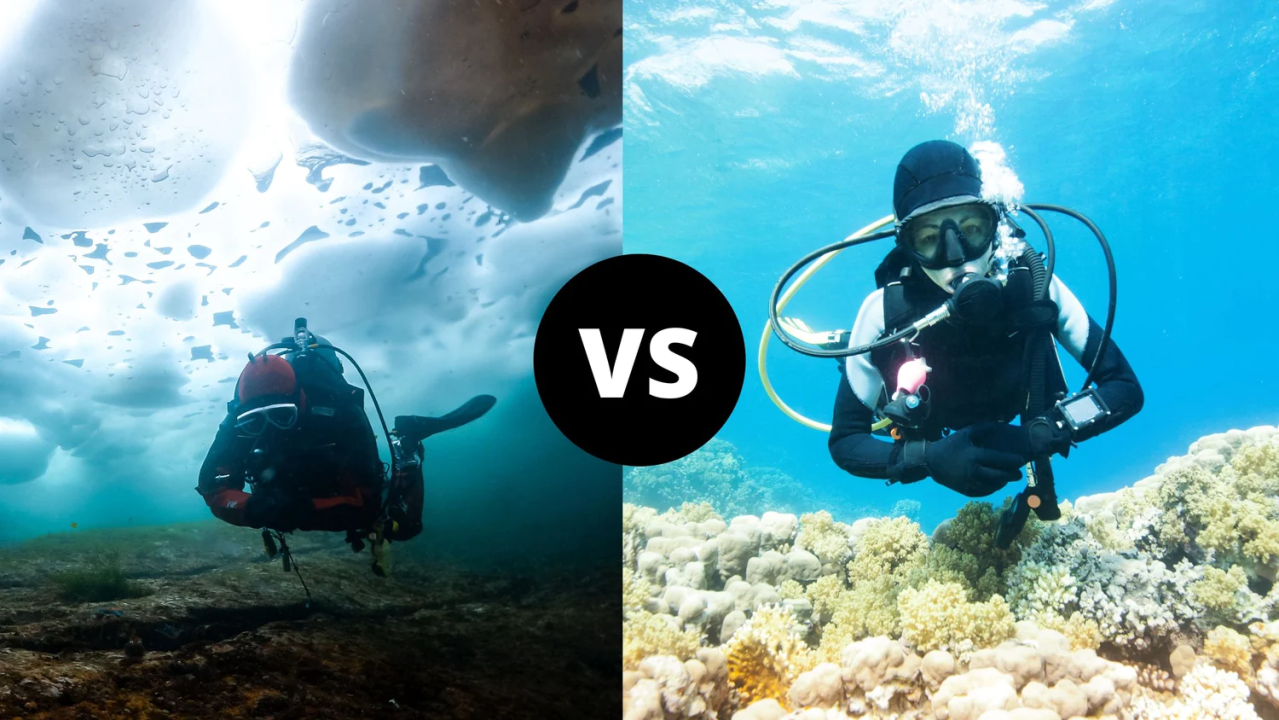
What’s The Difference Between A Wetsuit And A Drysuit?
Just like the name suggests, there are some significant differences between drysuits and wetsuits. Essentially, wetsuits trap a layer of water between the wetsuit and the skin which your body heats up and keeps you warm, whilst drysuits are designed to keep you completely dry but you have to wear layers underneath to keep you warm.
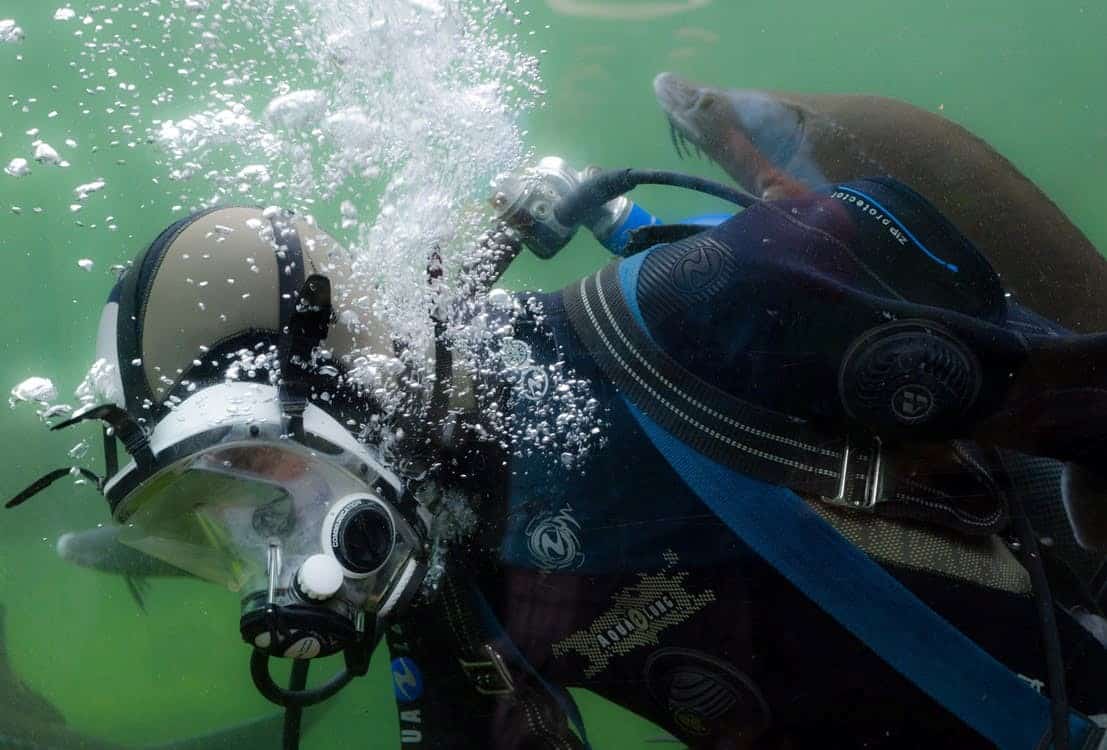
What is the Difference between Wetsuit and Drysuit? Underwater Mag
A wetsuit works rather differently. It lets water in, even if you're wearing a 10-millimeter model. Wetsuits are usually made of neoprene, a material that provides excellent insulation and flexibility to the wearer. They're not waterproof, but that is not their goal. Surfers should only consider getting a drysuit if they feel their daily.
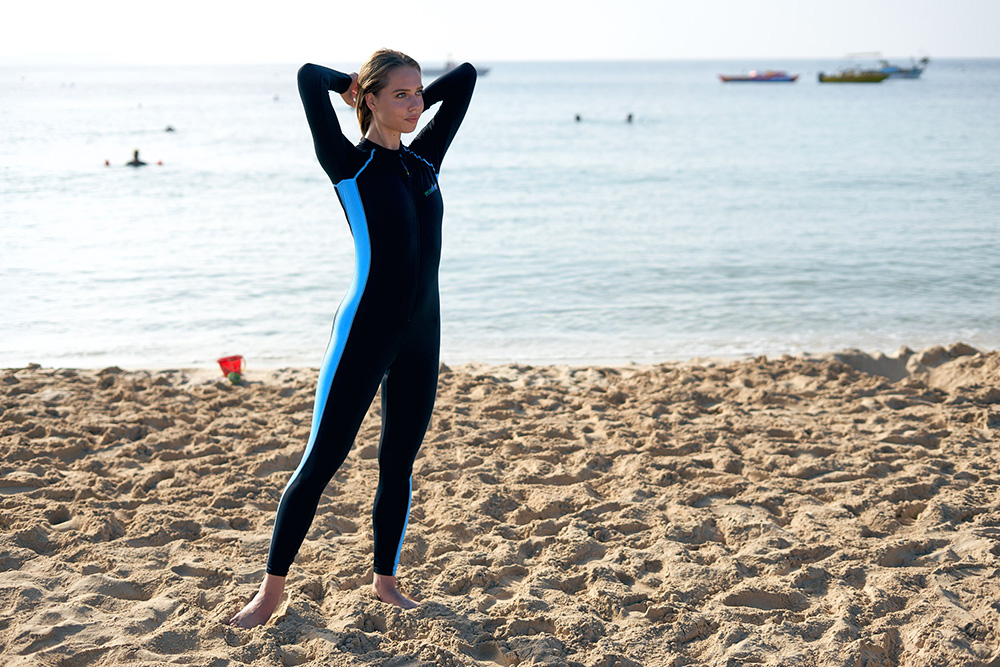
What Is The Difference Between Stinger Suit, Dive Skin, Wetsuit, Drysuit and Dive Suit EcoStinger
What is so different with a wetsuit vs drysuit? Read here what you should buy to make your paddling, diving, or surfing activities more pleasant.
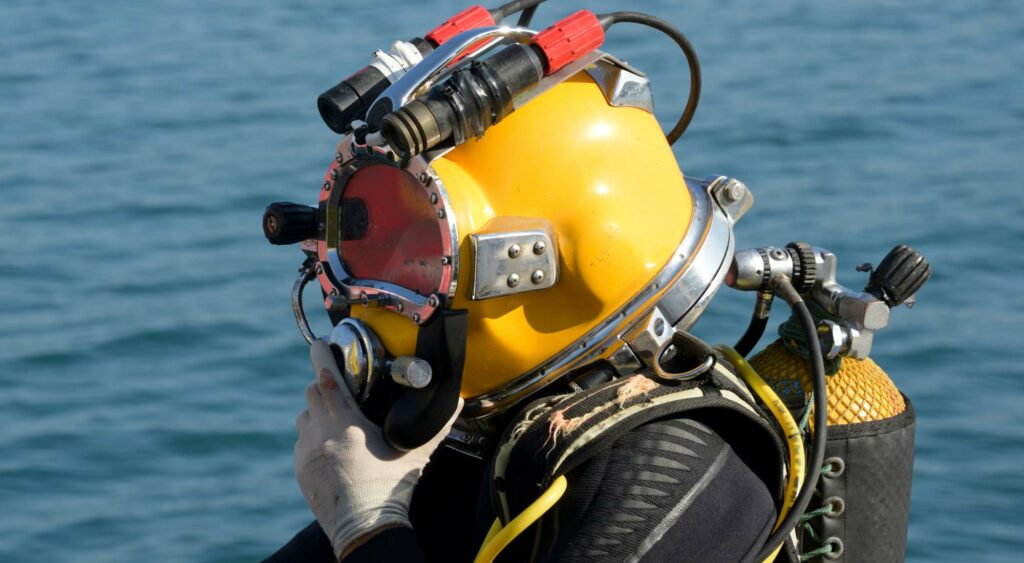
What is the Difference Between a Wetsuit and a Drysuit? AquaViews
Price. While prices can vary widely, drysuits will generally cost a good deal more than wetsuits. A good drysuit will typically cost between $500 and $1500, while a quality wetsuit can be had for between $150 and $300. It's also worth considering the versatility of a wetsuit vs a drysuit.
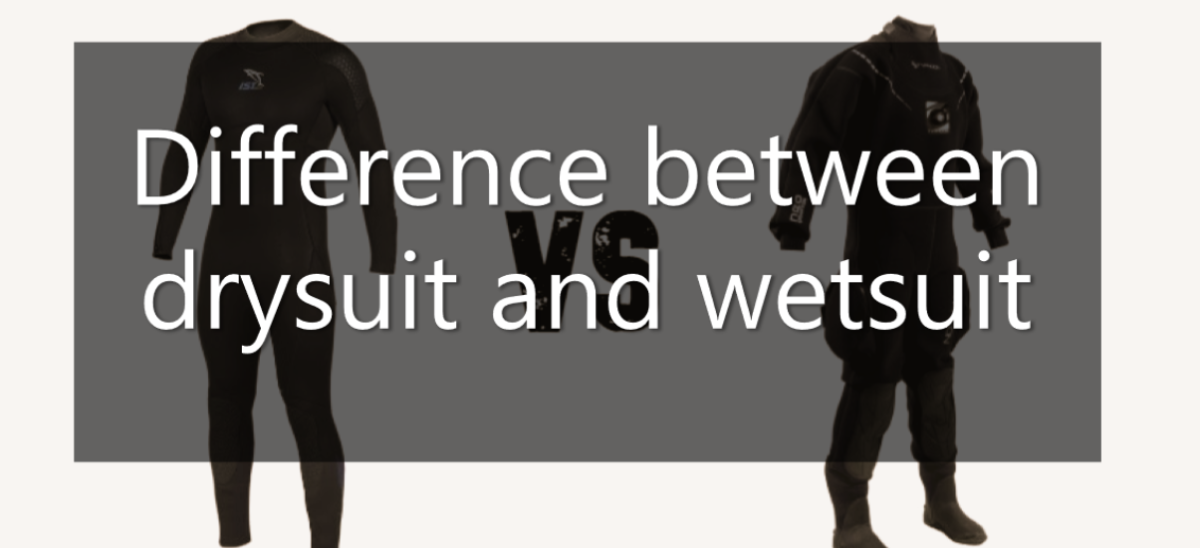
Difference Between Drysuit and Wetsuit
Kayaking Paddle Boarding/ Surfing/ Wakeboarding Scuba Diving/ Snorkleling We will be focusing on these main sports/ hobbies when comparing the two styles. Table of Contents What is a Drysuit? Drysuit Anatomy: What is a Wetsuit? Wetsuit Styles: Wetsuit vs Drysuit for Kayaking Wearing a Drysuit when Kayaking: Wearing a WetSuit when Kayaking:

What's the Difference Between a Wetsuit and Drysuit? Drysuit, Wetsuit, Different
Contents hide 1 How Wetsuits got invented 2 What is a wetsuit? 3 Function of wetsuits 4 What is a drysuit? 5 The Difference between wetsuit vs. drysuit 6 Wetsuit vs. Drysuit : Pros and Cons 7 Trillam vs. Neoprene 8 Wetsuit styles 9 Wetsuit Accessories 10 Conclusion: Wetsuit vs. Drysuit, what you should get How Wetsuits got invented
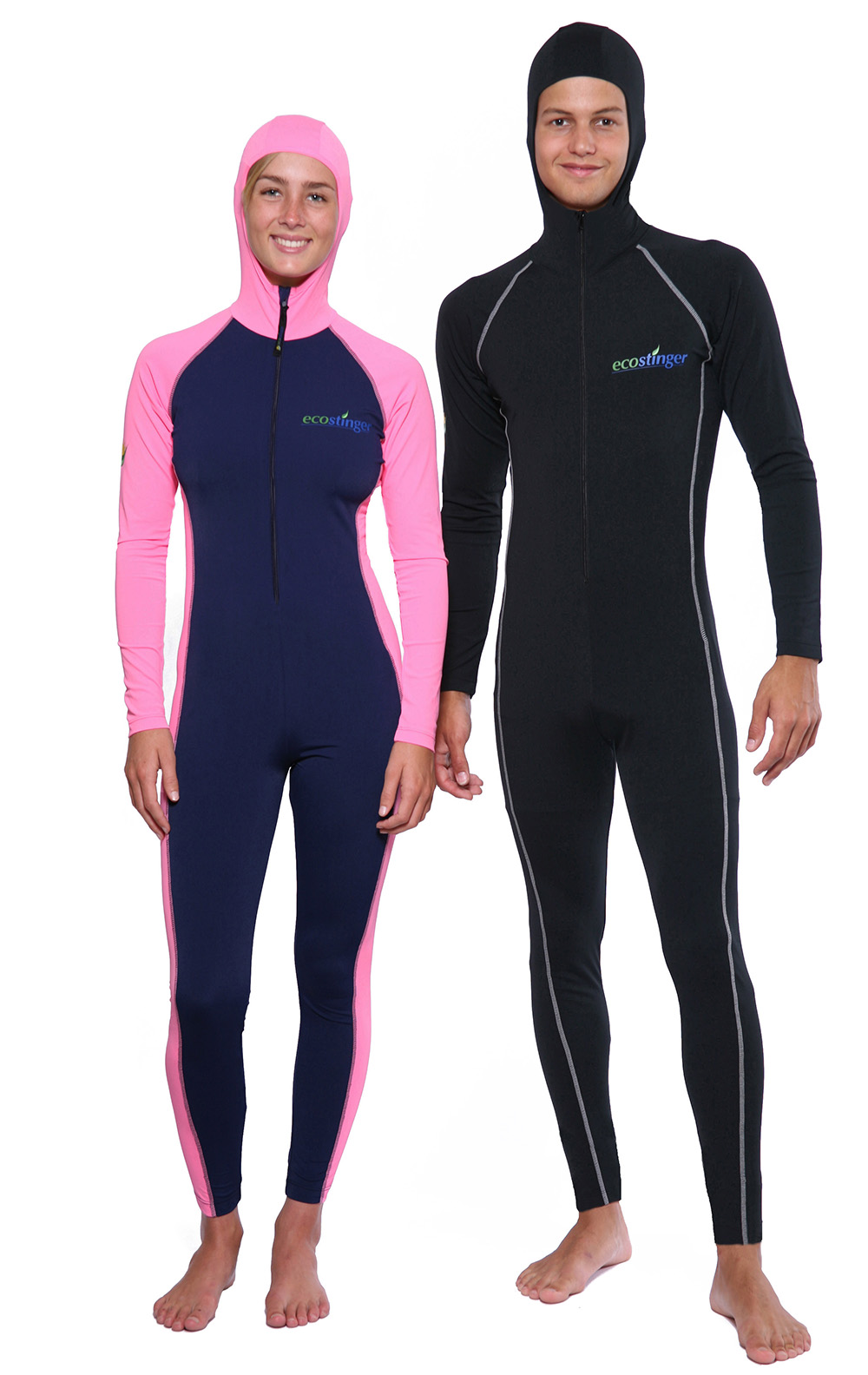
What Is The Difference Between Stinger Suit, Dive Skin, Wetsuit, Drysuit and Dive Suit EcoStinger
One important difference between a wetsuit and a dry suit is the need for proper training (such as the PADI Dry Suit Diver course). A wetsuit is simpler: put it on, adjust your weighting to compensate for the thickness of the neoprene, go on your dive — but you need extra skills to use a dry suit safely.

WETSUIT vs DRYSUIT What is the difference for scuba diving? Drysuit, Diving wetsuits, Scuba
The main difference between these two types of suits is that a drysuit has an outer layer that keeps water out, while a wetsuit does not. This means that drysuits are more durable than wetsuits and they can be worn in colder temperatures. However, they also tend to be bulkier, which makes them harder to wear under other clothing.
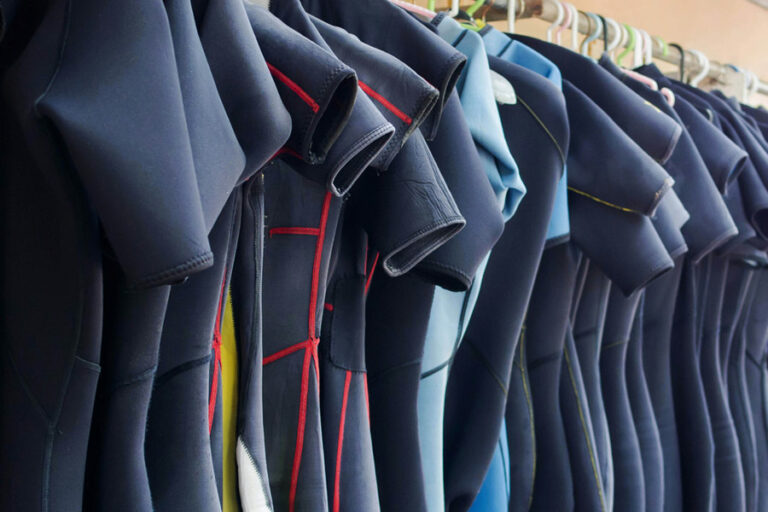
What is the Difference Between a Wetsuit and a Drysuit? AquaViews
The difference between a wetsuit and a drysuit is wetsuits use a thin layer of water to keep you warm whereas drysuits use a layer of air instead. Drysuits are completely sealed to prevent water from entering, whilst wetsuits allow a thin layer of water to enter. Also drysuits are better in colder water and tend to be more expensive than wetsuits.
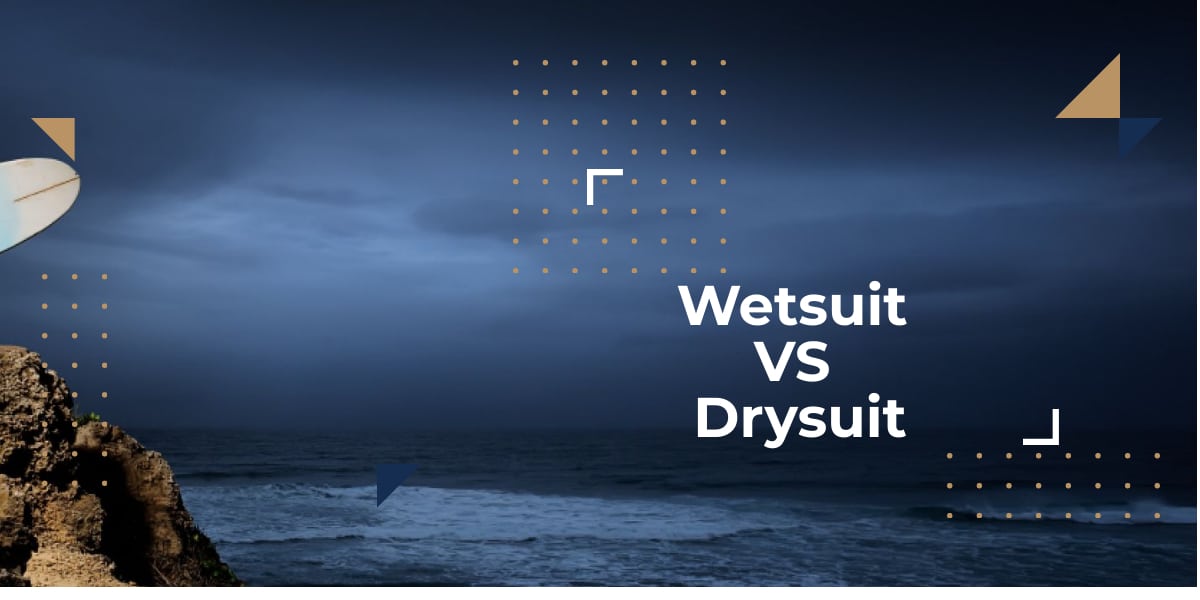
Wetsuit vs Drysuit What’s the Difference?
Here's a list of pros and cons to break it down a bit more. Wetsuits are easier to put on and take off than drysuits, so they are far more convenient for warm water/weather kayaking, rafting, surfing, canyoning, spelunking, diving and just about anything associated with water.